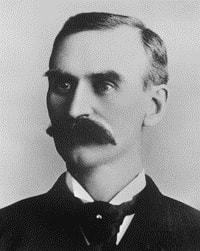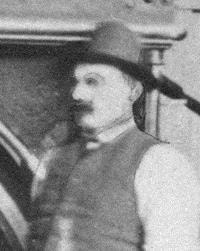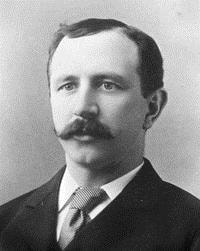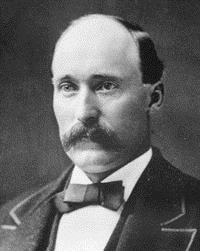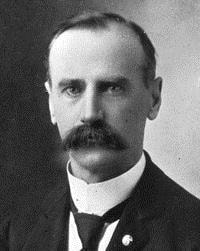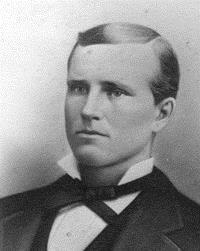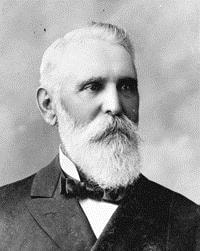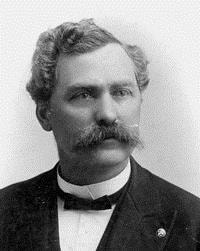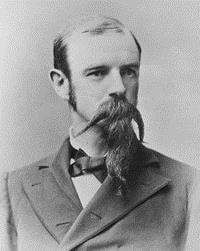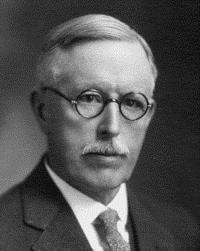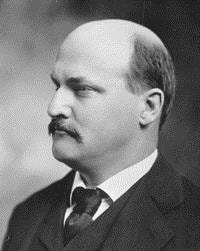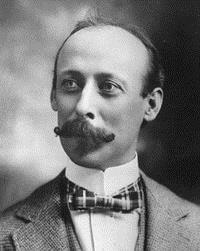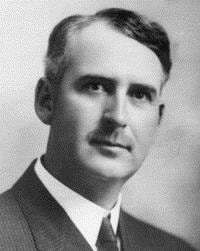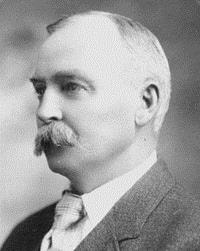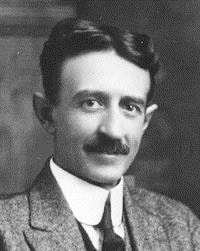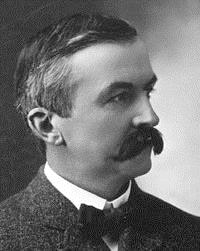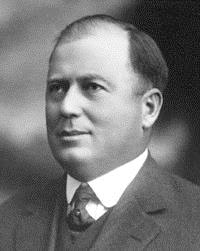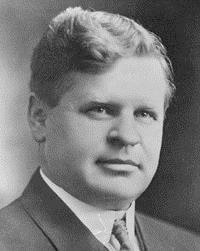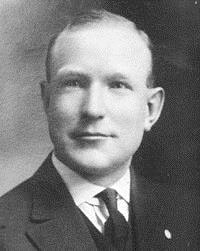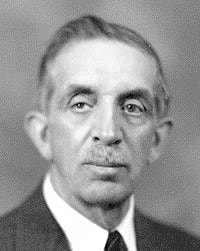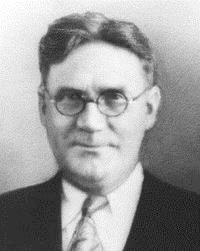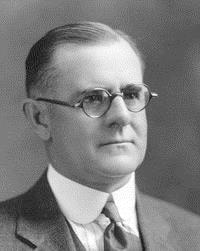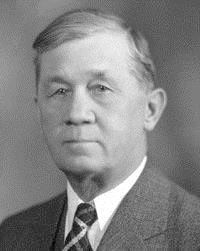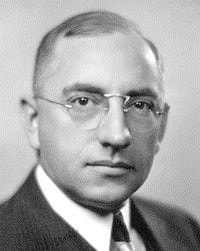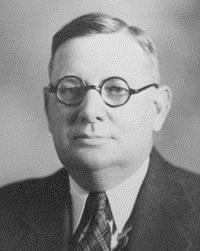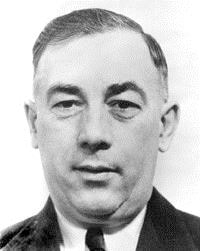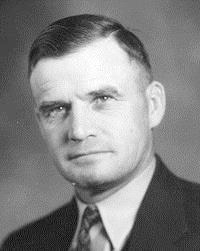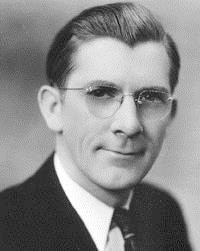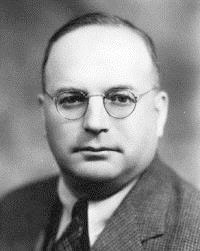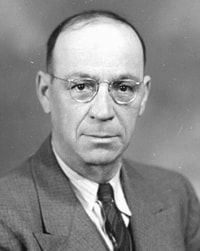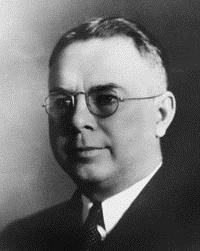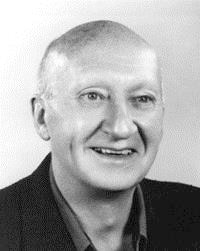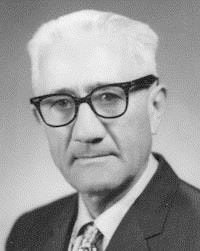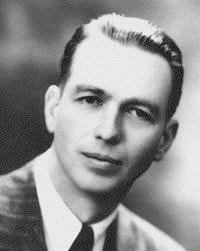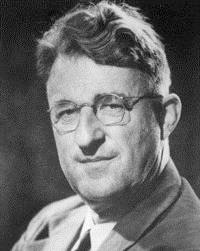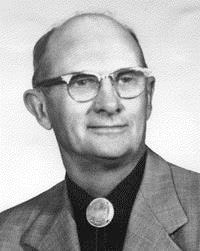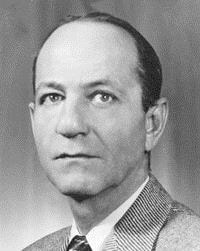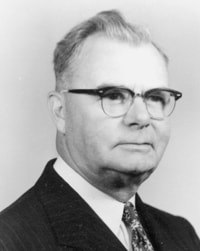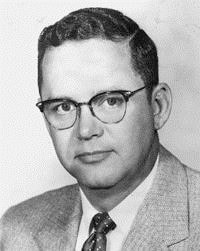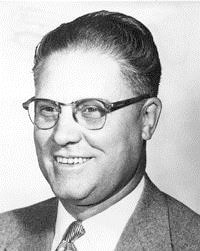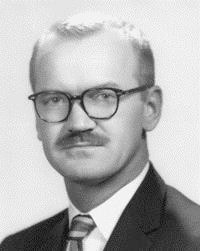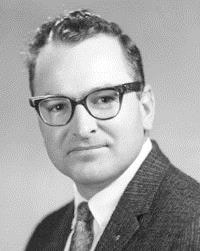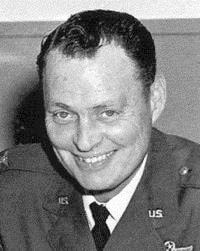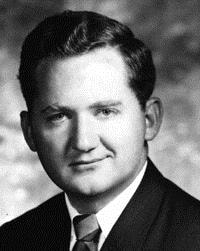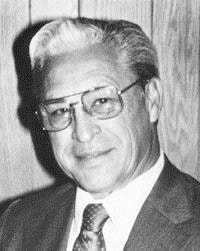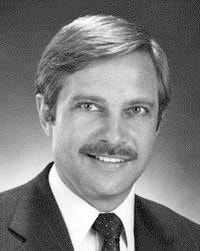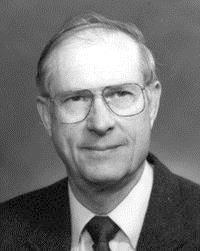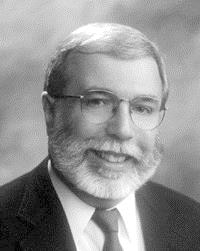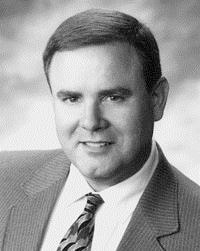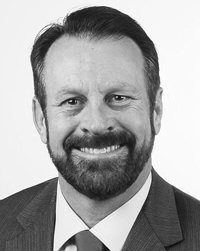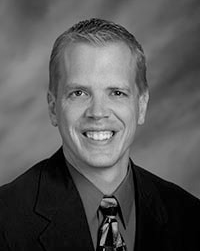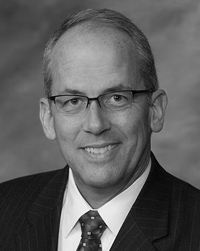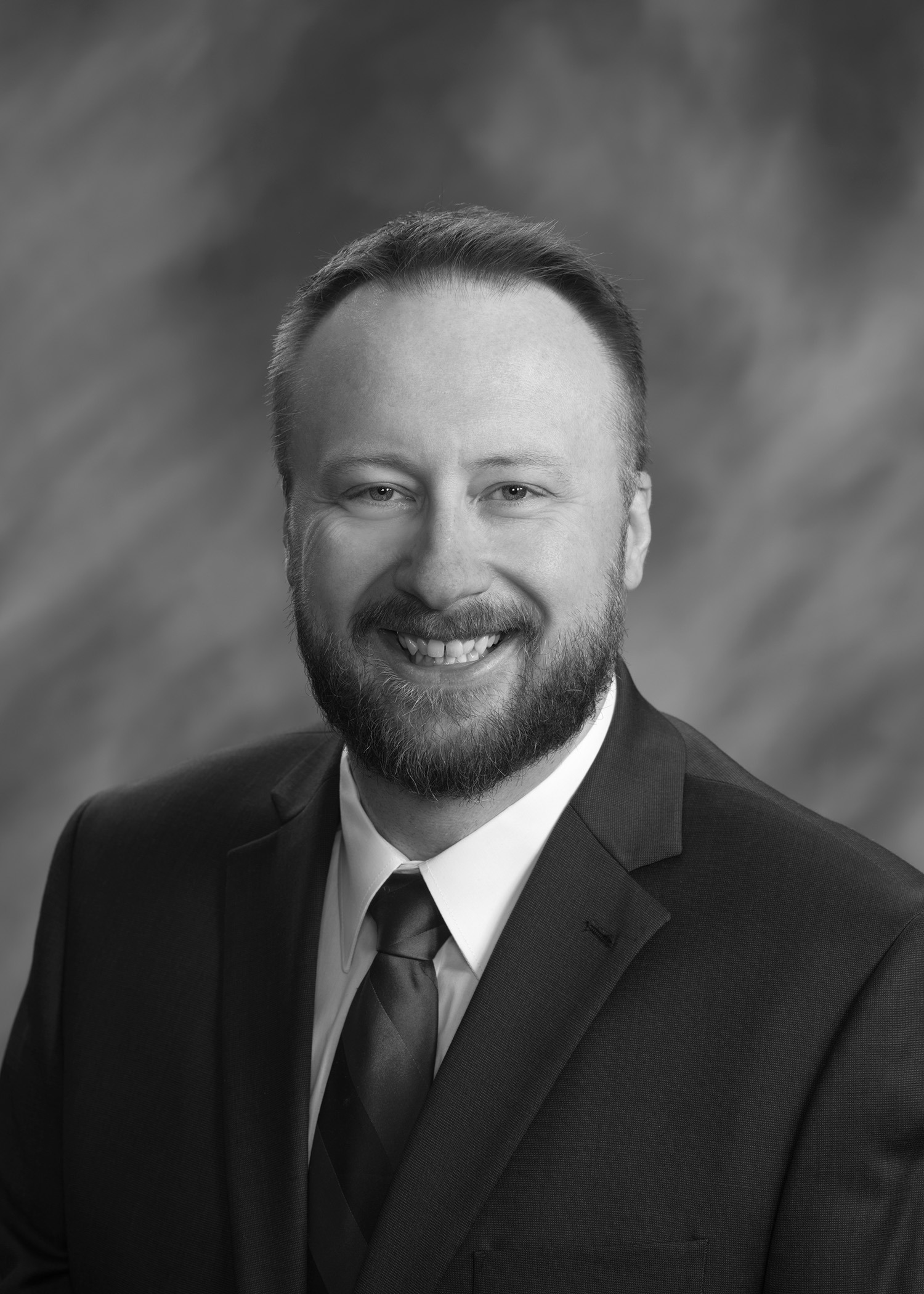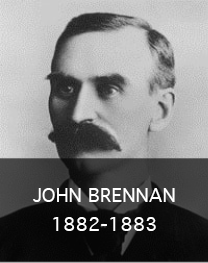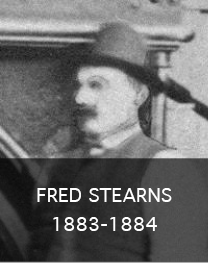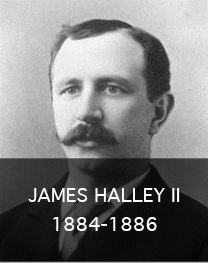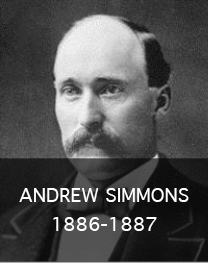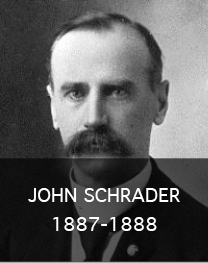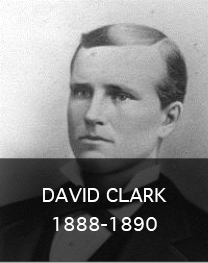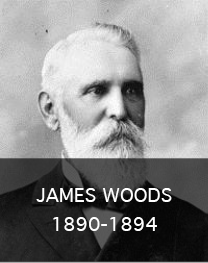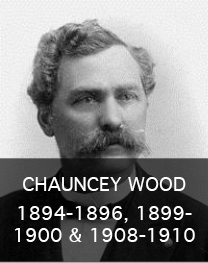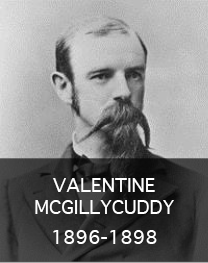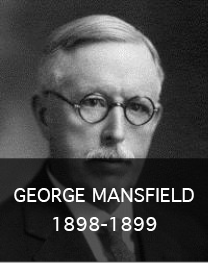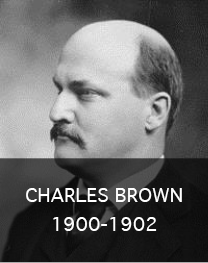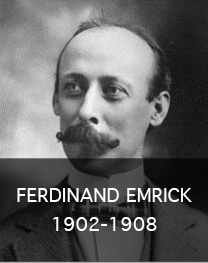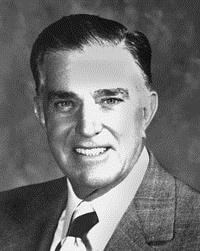
JACK P. ALLMON
Born: May 25, 1909
Died: November 5, 2004
Mayoral Dates: 1969-1970
Biography
Jack P. Allmon was born May 25, 1909, in Pittsburgh, Kansas, the son of Wil and Nellie Allmon. He was reared and educated in Oklahoma.
On March 21, 1930, he married Glessie Donnelly in Vinita, Oklahoma. They had one son, Jack, Jr.
Glessie was born October 29, 1906, in Vinita. Her parents were Tom and Mary Ellen Donnelly. Tom was a World Champion steer roper and is recognized in the Cowboy Hall of Fame located in Oklahoma City, Oklahoma.
Both Jack and Glessie had excellent horsemanship skills. In 1966, Jack saved a man's life on a ranch located in Sundance, Wyoming, by roping a buffalo as it charged the man. He always had that picture of him and the roped buffalo on the wall of his office. (The man he saved was Bud Basolo, who is recognized as the main creator of the "Beefalo."
Jack was a "Penney" man for over 36 years. Beginning in the small northeast Oklahoma community of Vinita, Jack steadily moved up the ladder within the J.C. Penney organization. His managerial and administrative abilities were proven in such cities as Tulsa and Stillwater, Oklahoma; Lubbock, Texas; Pueblo, Colorado; and finally, in Rapid City. By 1949, his record had taken him to New York City, where he worked in the main office with James Cash Penney (J.C. Penney), founder of the famous chain of stores. They remained friends until Mr. Penney's death.
The only break in Jack's managerial rise in the Penney system was for a tour of duty with the U. S. Navy during World War II. He was honorably discharged after three years of service.
In 1958, Jack moved to Rapid City where he said many times, "we found a real home in Rapid City". He managed the Penney store until he ran for Mayor in 1969. He was elected mayor in a four-way race and won 52 percent of the votes. A few minutes after taking the oath, he asked that his salary be reduced for the year from $1,125 per month to $833.33 per month. After some opposition, his salary was reduced for the remainder of the year by a roll-call vote.
As mayor, Jack began Rapid City's most aggressive street repair program, the largest in history up to 1969. Other accomplishments included getting the new sewer plant running; the Century Mall agreement being finalized; extensive renovation of Dinosaur Park; convincing local banks they should pay market interest rates on the city's money; lowering property taxes; passing a one-cent sales tax; and getting raises for most of the city employees.
In addition, during his term, a Civic Center committee was appointed to pick out a site and attempt to find a way to build it. The committee met twice, selected the county fairgrounds as the site on a 12 to 11 vote, but did not suggest any method to fund the construction. Thus, the construction did not begin. This was one of his goals that did not take place until after his term as mayor was completed.
With Jack's election as mayor, Rapid City had voiced a mandate, putting all the ingredients together to help Rapid City realize its vast potential and to maintain and improve the quality of life for its citizens. He got the ball rolling for Rapid City's future mayors to be able to make Rapid City the regional center it is today by increasing the city's income from a new sales tax and higher interest income on their deposits.
He was active in business and civic organizations being past district governor for Rotary International and past president of the Rapid City Rotary. He served two terms as president of the Downtown Improvement Association, past president of the Family Service Organization, the Rapid City Cancer Society and served as a director and publicity chairman for the United Community Council. He also served as chairman of the Penjahame Boy Scout District in 1963. He was vice president of the board of directors of the Arrowhead Country Club and an avid golfer well into his 80s.
He was a Democratic candidate in 1966, as a representative for the Second Congressional district of South Dakota. In the fall of 1971, Governor Dick Kneip named Jack the director of the State Highway Department. He resigned as mayor and commuted from Rapid City to Pierre for the next six years. In the fall of 1974, Governor Kneip named Jack the secretary of Tourism and Economic Development. He really enjoyed promoting South Dakota. In 1978, he became the executive vice president of the United National Bank and finally was able to stay in Rapid City until his retirement in 1983.
Jack and Glessie moved from Rapid City in 1983 to Rancho Bernardo, California. There was always something going on at the Allmon's, especially during the winter months in South Dakota. "Snowbirds' from Rapid City and other South Dakota communities would visit them, something they looked forward to every year.
